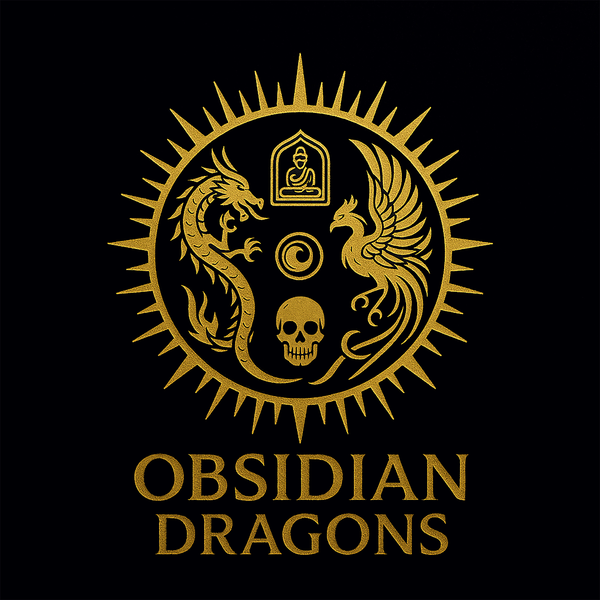obsidian dragons
Handmade Mala - Buddhist prayer beads - 108 bodhi beads
Handmade Mala - Buddhist prayer beads - 108 bodhi beads
Couldn't load pickup availability
Handmade Mala - Buddhist prayer beads - 108 bodhi beads
As Malakara, we make all of our malas ourselves, scrupulously respecting tradition.
As a gemologist graduated from the National Institute of Gemmology in Paris, all our materials are appraised and certified.
What is a mala?
A mala is a prayer bead traditionally used in various spiritual practices, including Buddhism, Hinduism, Jainism, and other Asian religious and spiritual traditions.
It is often made of 108 beads, although some malas may have a different number of beads, sometimes a multiple of 108.
To know everything about malas, their meanings, their uses, their different variants and also a short explanation on malakaras, the creators of mala, please click on this text taking you to our dedicated and explanatory article on our blog
This handmade mala is made up of:
108 Bodhi Seed Beads also called Pipal Seeds or Sacred Fig Seeds. Dimensions of each bead: 8.53mm by 6.03mm
Buddha having attained enlightenment under a sacred fig tree (ficus religiosa), pipal seeds are the most traditional material for making malas. These seeds acquire a patina and take on a beautiful shine over time called "porcelain layer". Our seeds come from the island of Hainan known for cultivating and drying the finest quality in the world. Be careful, many websites and specialist stores mistakenly name these seeds as Lotus seeds.

Counterpearls every 27 beads in natural amazonite .
Dimensions of each pearl: 8.22mm by 5.39mm
The finishing bead or Guru bead of this handcrafted mala is a dragon head hand-carved from cinnabar.
Cinnabar is a mineral composed of mercury sulfide (HgS). It is also known as vermilion when used as a pigment
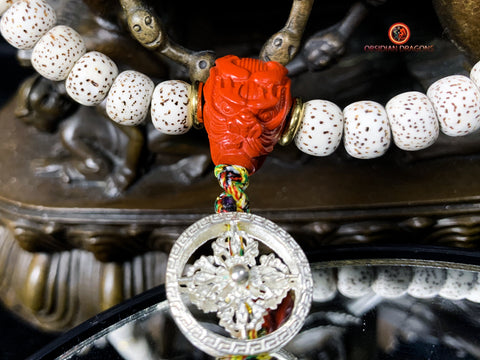
Dimensions of this Guru bead: 19.28mm high by 12.80mm wide by 12.12mm thick
The Dragon: Guardian of the Dharma in Buddhism
The dragon, a universal legendary creature, occupies a significant place within several Buddhist schools, symbolizing the richness of the spiritual tradition. Although its role as guardian of the Dharma is not universal, some schools attribute a special significance to the dragon, thus reinforcing the protection of the sacred teachings of the Buddha.
- Chan (Zen) School: Within the Chan tradition, the dragon is seen as a symbol of awakened nature. Its power and grace represent the strength needed to overcome obstacles on the path to enlightenment. The representation of the dragon thus becomes a source of inspiration, propagating perseverance in meditation and spiritual quest.
- Pure Land School: The Pure Land school, devoted to Amitabha Buddha, frequently uses symbols such as the lotus and the dragon. Here, the dragon is seen as the guardian protecting the Pure Land, a spiritual realm devoid of suffering where followers aspire to be reborn.
- Shingon School: Shingon Buddhism, a Japanese esoteric school, celebrates complex rituals involving deities and spiritual forces. In these practices, the dragon is invoked as the protector of esoteric teachings, thus ensuring the preservation and correct transmission of spiritual secrets.
- Tendai School: The Tendai school, embracing a wide range of teachings, integrates the idea of the dragon as guardian of the Dharma within the symbolism of protective deities. Powerful and respected, the dragon embodies the protection of the teachings leading to awakening.
- Nyingma School (Tibetan Buddhism): In Tibetan Buddhism, particularly in the Nyingma school, nagas, often depicted as dragons, are considered the guardians of sacred teachings. Rituals associated with nagas are intended to provide protection from negative influences and promote spiritual prosperity.
- Kagyu School: With an emphasis on meditation and direct experience, the Kagyu school incorporates purification rituals linked to the naga. The dragon is invoked to ensure mental clarity and provide spiritual protection.
- Sakya School: Known for its esoteric teachings, the Sakya school incorporates protective rituals involving the dragon. These practices often aim to pacify negative energies and establish spiritual harmony.
- Gelug School: Founded by Tsongkhapa, the Gelug school incorporates the dragon into protective rituals in certain practices, thus reinforcing the preservation of the Buddha's teachings.
Thus, across these various schools, the dragon emerges as a symbolic guardian of the Dharma, testifying to the uniqueness and diversity of interpretations within Buddhism.
Below this Guru pearl we have placed the representation of a double dorje in 925 silver
Dimensions of 18mm diameter
What is a double dorje?
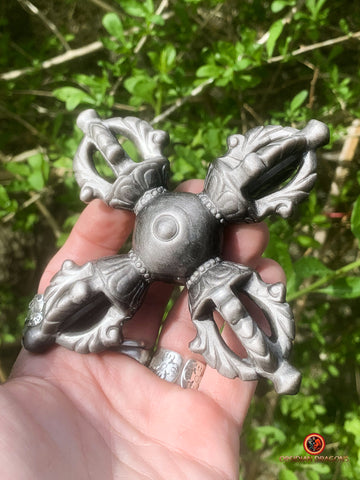
In the Tibetan Buddhist tradition, every practitioner and ritual officiant holds three objects with deep and intricate symbolism: the vajra, the bell, and the mala.
The Vajra, or dorje in Tibetan, occupies a primordial place in Tibetan Buddhism, symbolizing the indestructible nature of the awakened mind, often likened to the diamond. Initially associated with the diamond thunderbolt of Indra, it evokes royalty and power.
1° The five upper points represent the five wisdoms, facets of the awakened mind: the mirror-like wisdom, reflecting all things clearly; the wisdom of equality, recognizing the equal nature of the phenomena of samsara and nirvana; the wisdom of distinction, perceiving emptiness and phenomenal manifestations simultaneously; the wisdom of accomplishment, enabling the Buddhas to serve beings; the wisdom of universal space, beyond conceptual dualities.
2° The five upper points also embody the Five Male Victors, while the five lower points represent the Five Female Buddhas.
3° The mouths of makara free from the cycle of existences.
4° The eight upper petals are the eight great male bodhisattvas.
5° The eight lower petals are the eight female bodhisattvas.
6° The round part in the center evokes emptiness.
A double Dorje, or vishvavajra , is two Dorjes joined to form a cross. A double Dorje represents the foundation of the physical world and is also associated with certain tantric deities .
The vajra is a ritual tool used in Buddhist and Hindu practices, representing the strength and indestructibility of wisdom. The double dorje is therefore a symbol of great importance in these spiritual traditions.
The dorje (or vajra) represents the indestructible nature of the awakened mind or pure consciousness, while the double dorje emphasizes a harmonious duality or a complementary union of certain forces. Associated with concepts such as balance, harmony, wholeness or non-duality in Buddhist spirituality.
Finally we closed this artisanal mala with a tassel .
What is the role of a tassel or pompom on a handmade mala?
The movement of the tassel during the recitation of mantras or prayers on a rosary is associated with the creation and circulation of spiritual energy or vibrations.
The movement of the tassel creates a whirlwind of positive energy that helps to strengthen concentration, raise spiritual vibration and amplify the effectiveness of meditation and recitation practices.
It is a concept that fits into the broader perspective of the interaction between the physical, the mental and the spiritual in religious and meditative practice.
Total length of this handmade mala: 43cm
Weight 63.5 grams
Interest and benefits of practicing with this artisanal mala:
Reciting mantras or prayers while scrolling through the beads of this handcrafted mala helps to focus the mind and cultivate deep concentration. This regular practice can help calm the incessant flow of thoughts and develop a more balanced and grounded mental presence .
The carefully selected materials for the making of this handcrafted mala, such as bodhi seeds and amazonite, are renowned for their harmonizing and energy balancing properties. By practicing with this mala, you can feel an increased alignment with your inner being and a feeling of calm and well-being.
Using this handcrafted mala as part of your meditative practices can help deepen your meditation experience by allowing you to connect more deeply with your spiritual intention. The steady movement of the beads and the feel of the natural materials can act as anchors for your attention, helping you to more easily enter a meditative state.
The movement of the tassel while reciting mantras creates a whirlwind of positive energy that helps raise your spiritual vibration and intensify the effectiveness of your practices. By using this handcrafted mala regularly, you can cultivate an atmosphere conducive to spiritual growth and personal fulfillment.
Artisan Mala, Artisan Mala, Artisan Mala, Artisan Mala, Artisan Mala, Artisan Mala, Artisan Mala, Artisan Mala, Artisan Mala, Artisan Mala, Artisan Mala, Artisan Mala, Artisan Mala, Artisan Mala, Artisan Mala, Artisan Mala, Artisan Mala , Handmade mala
Share
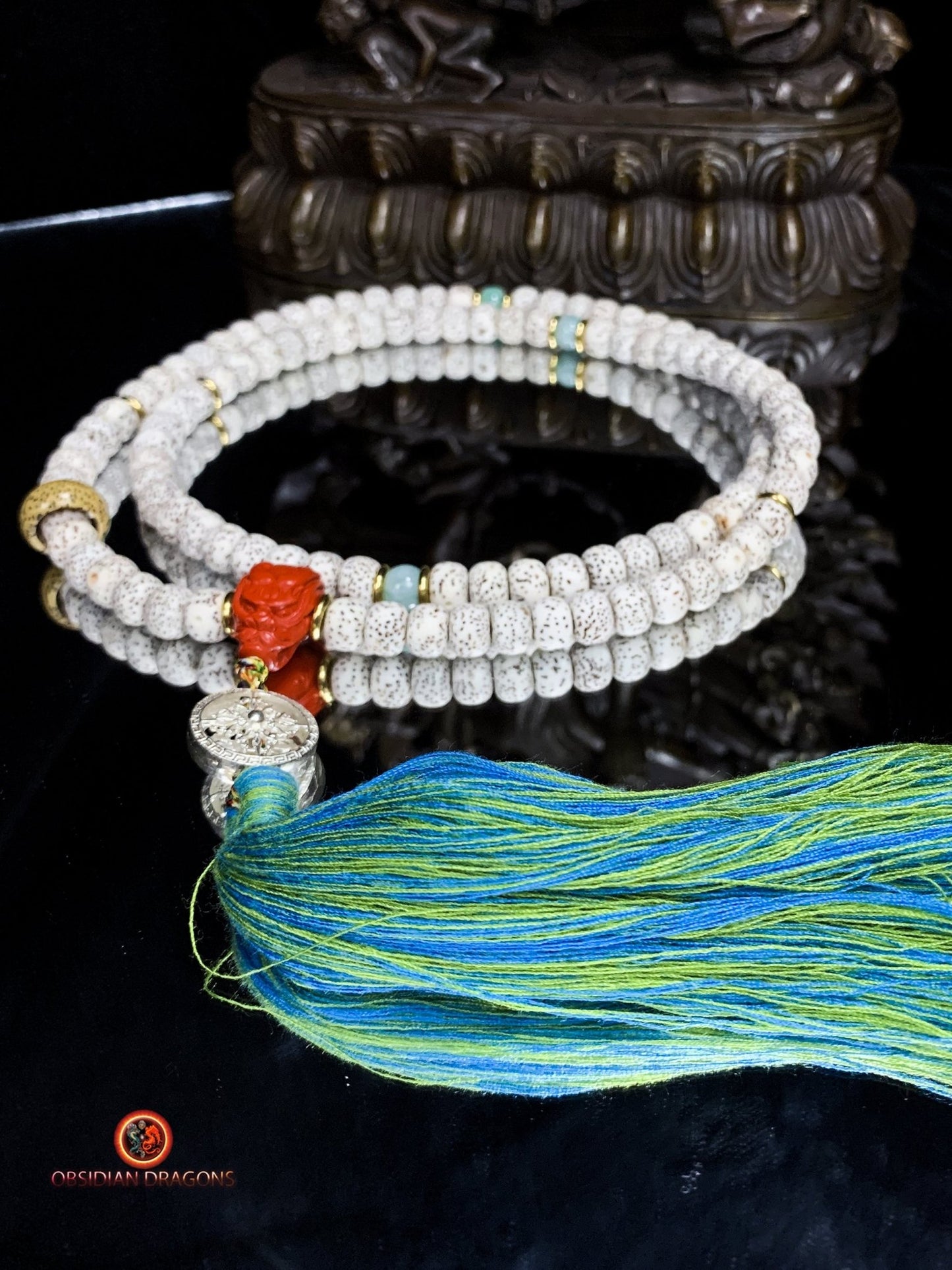
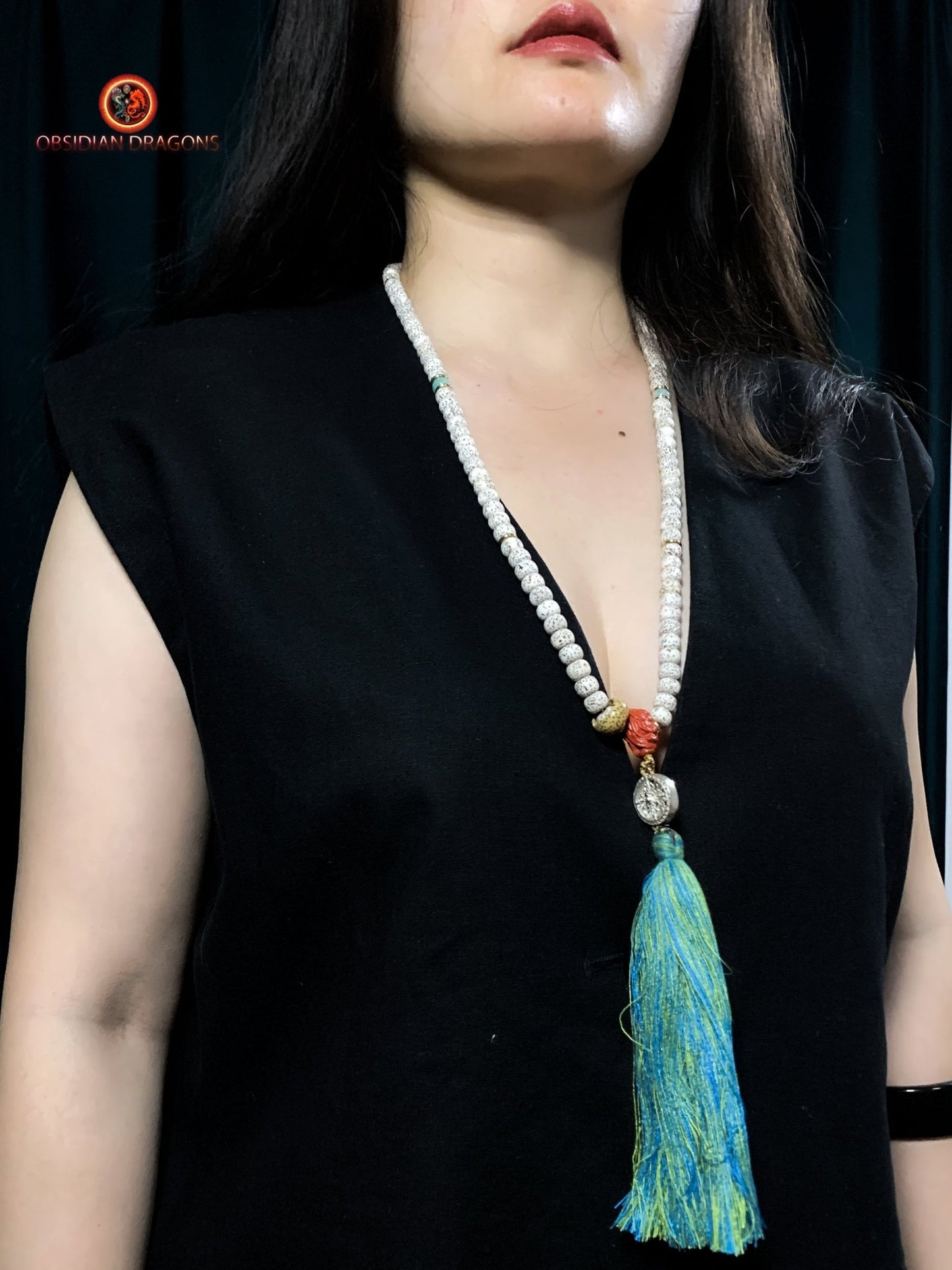
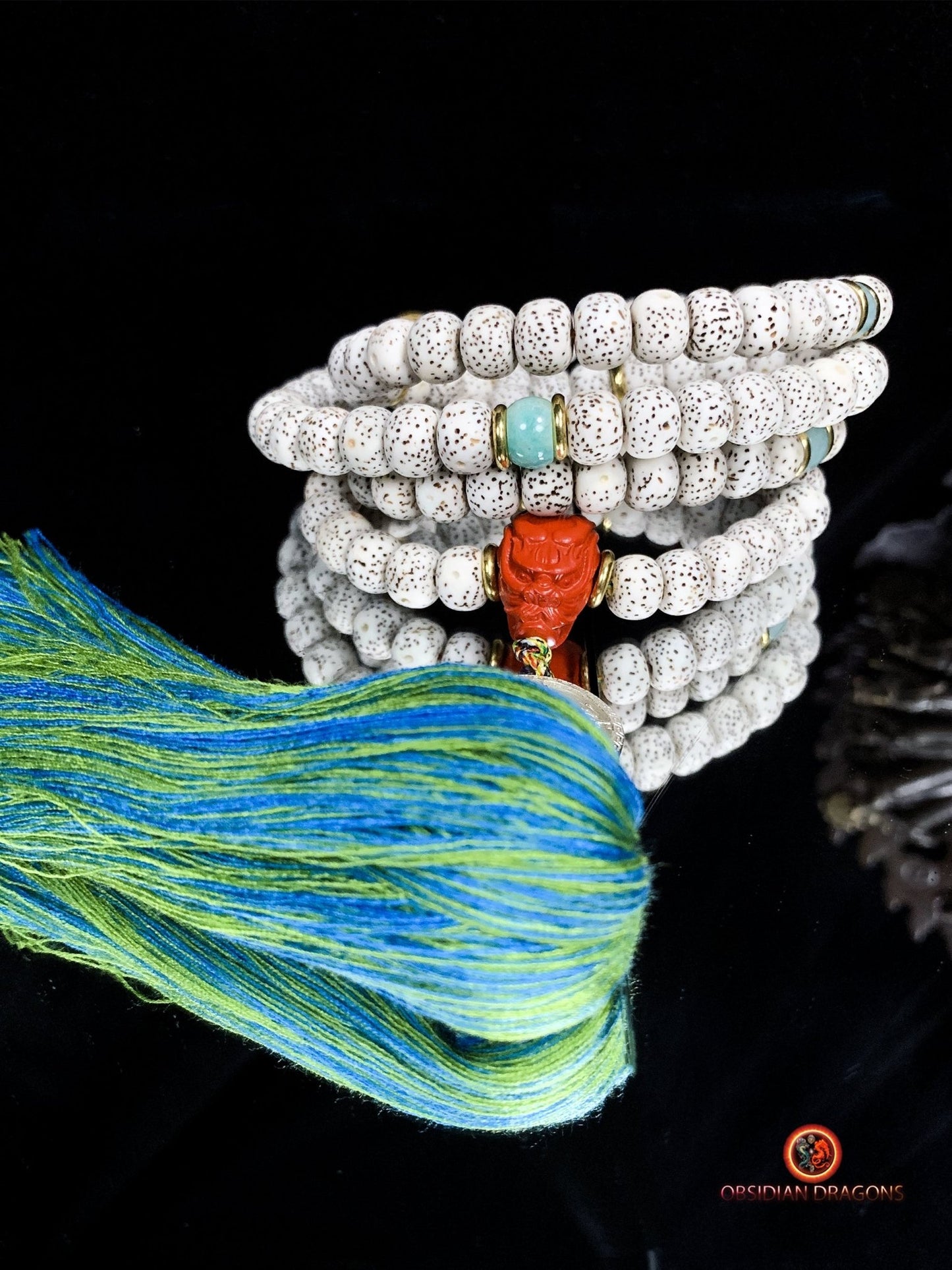
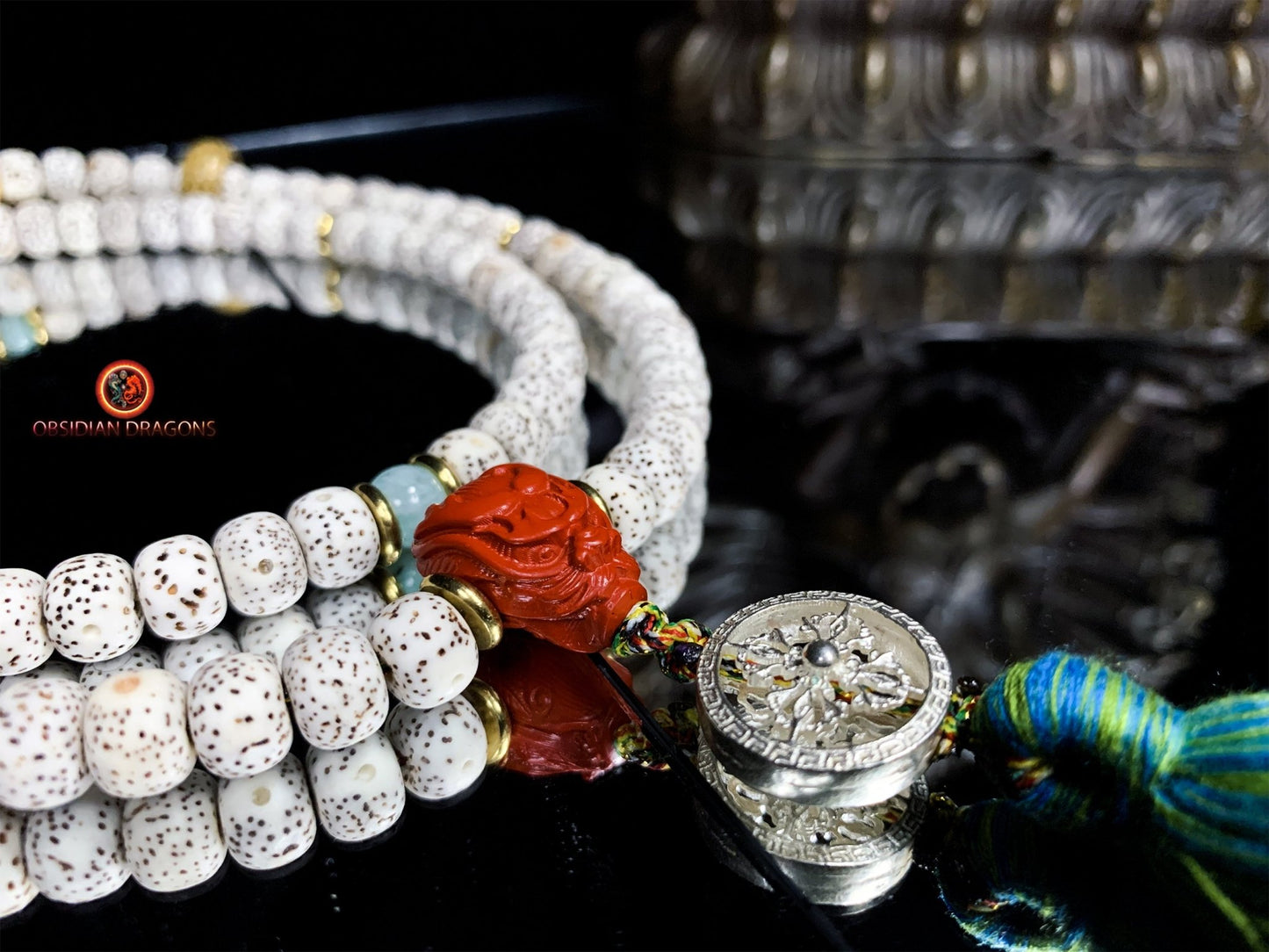
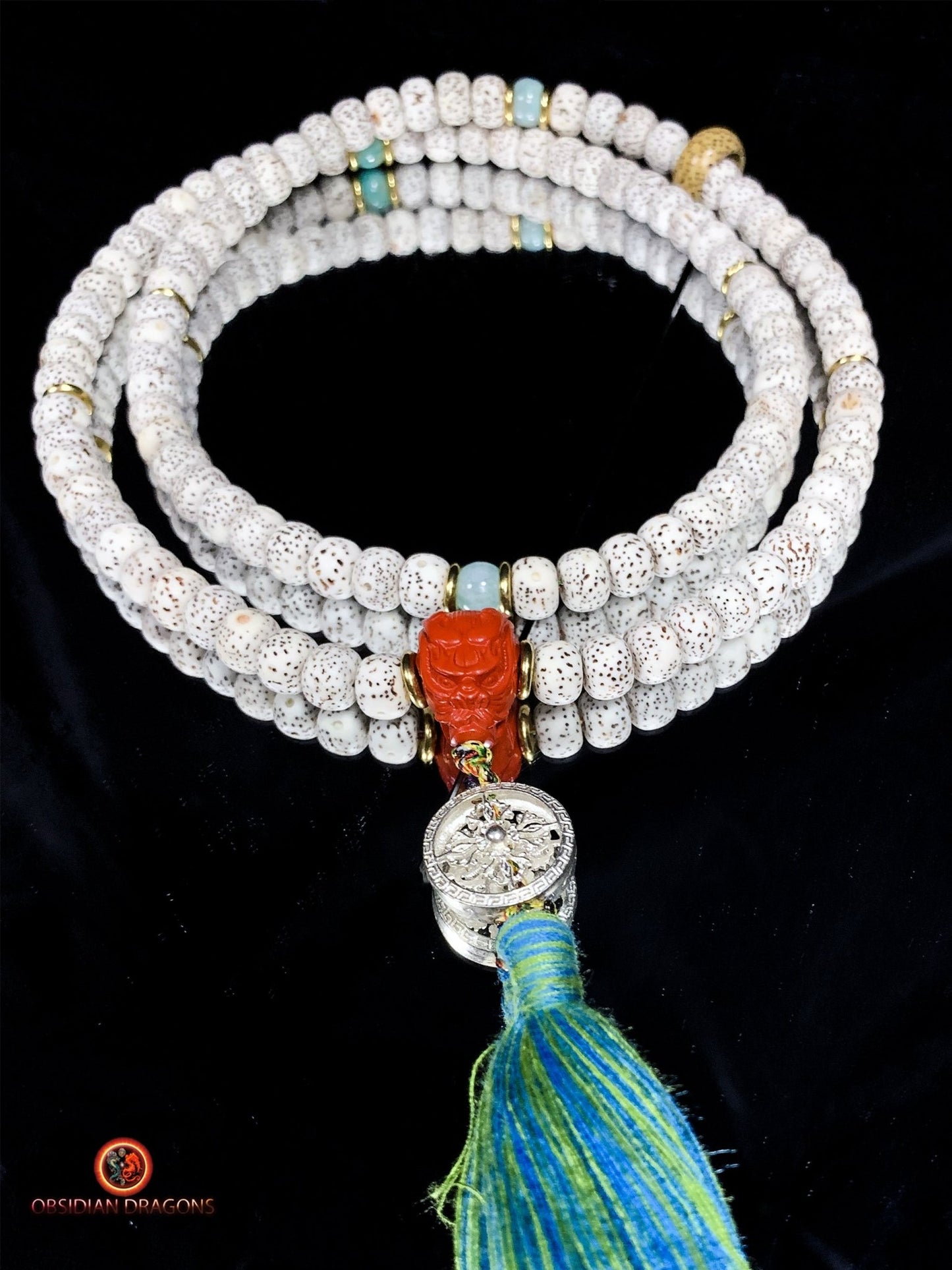
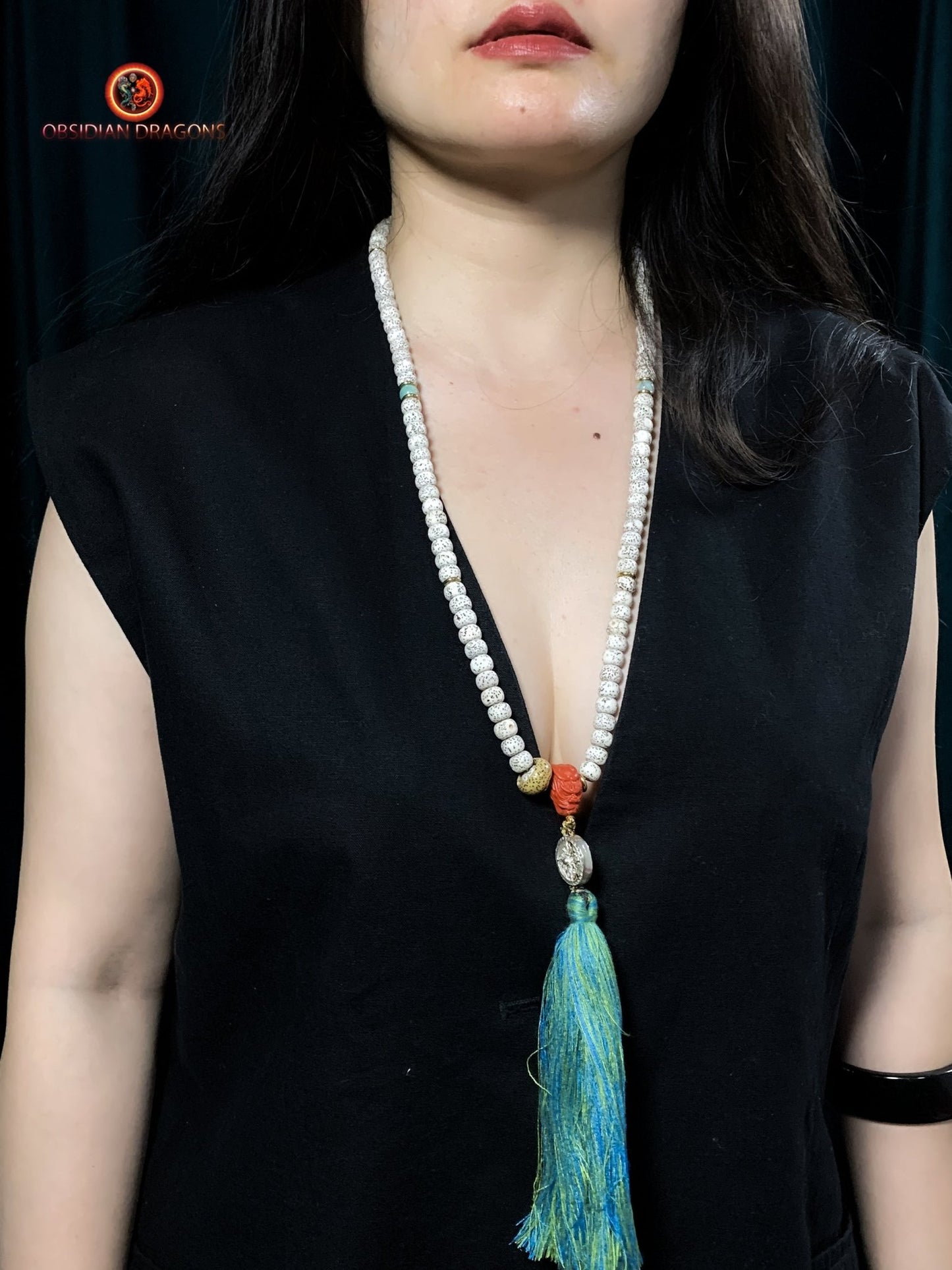
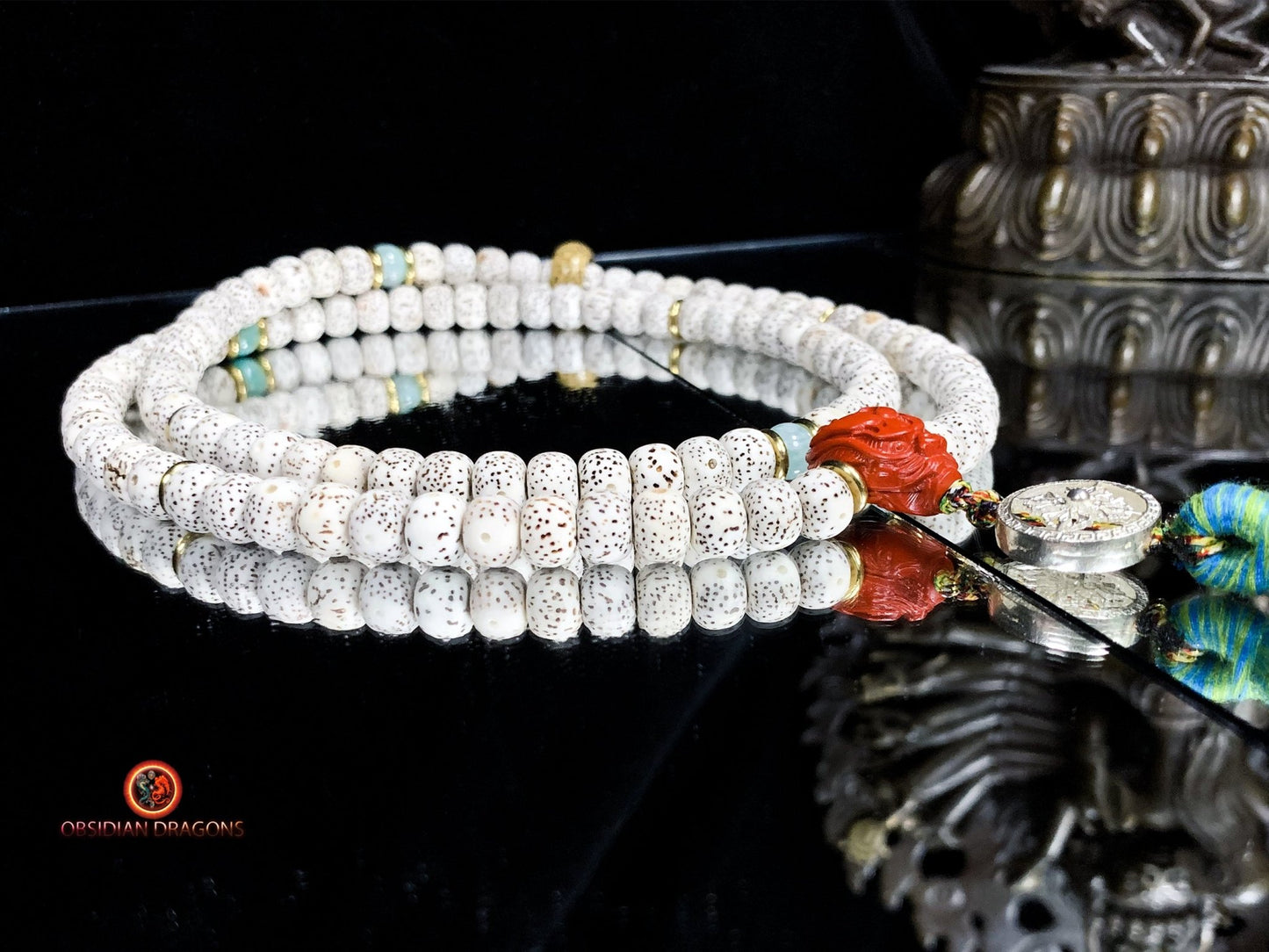
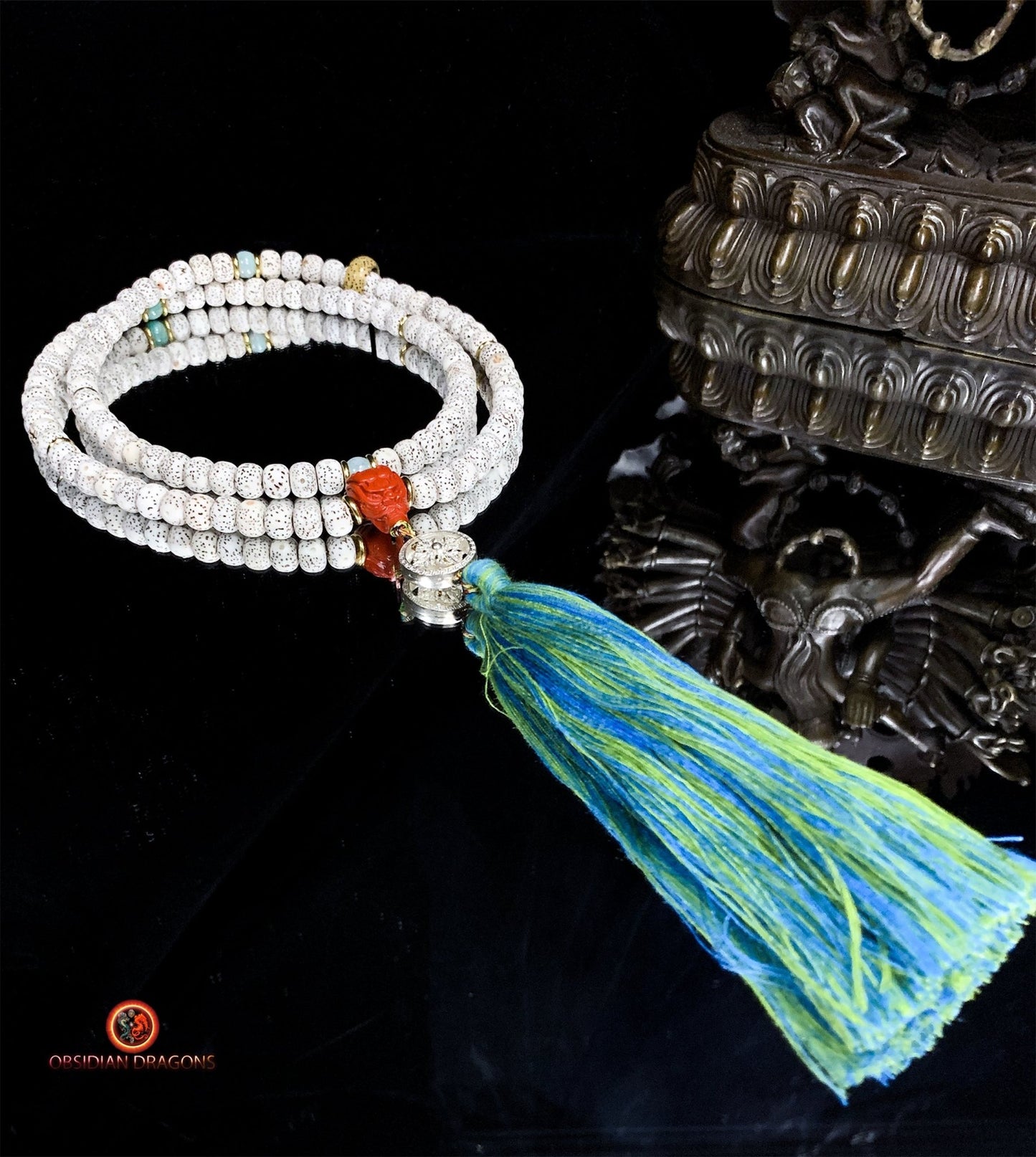
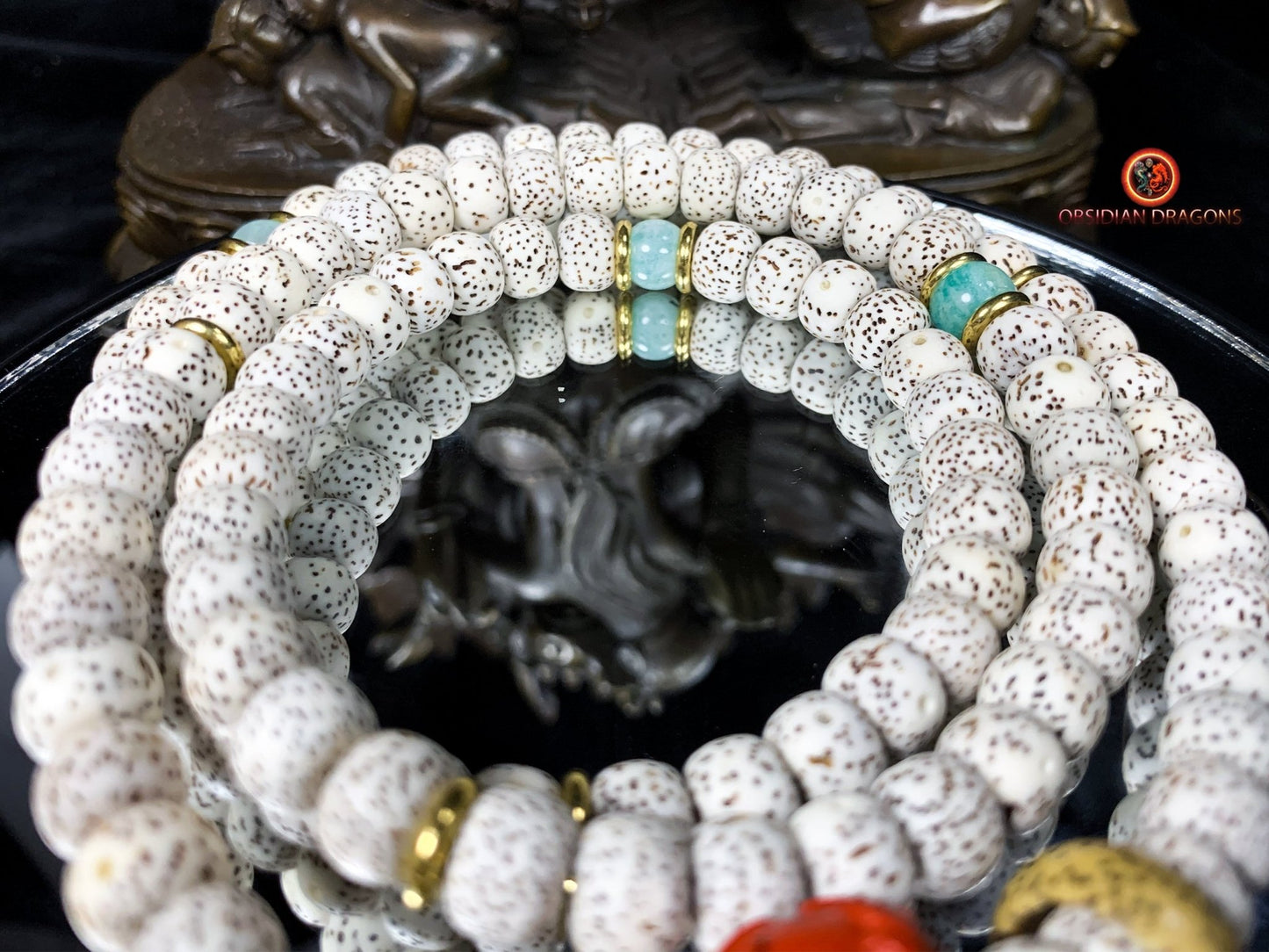
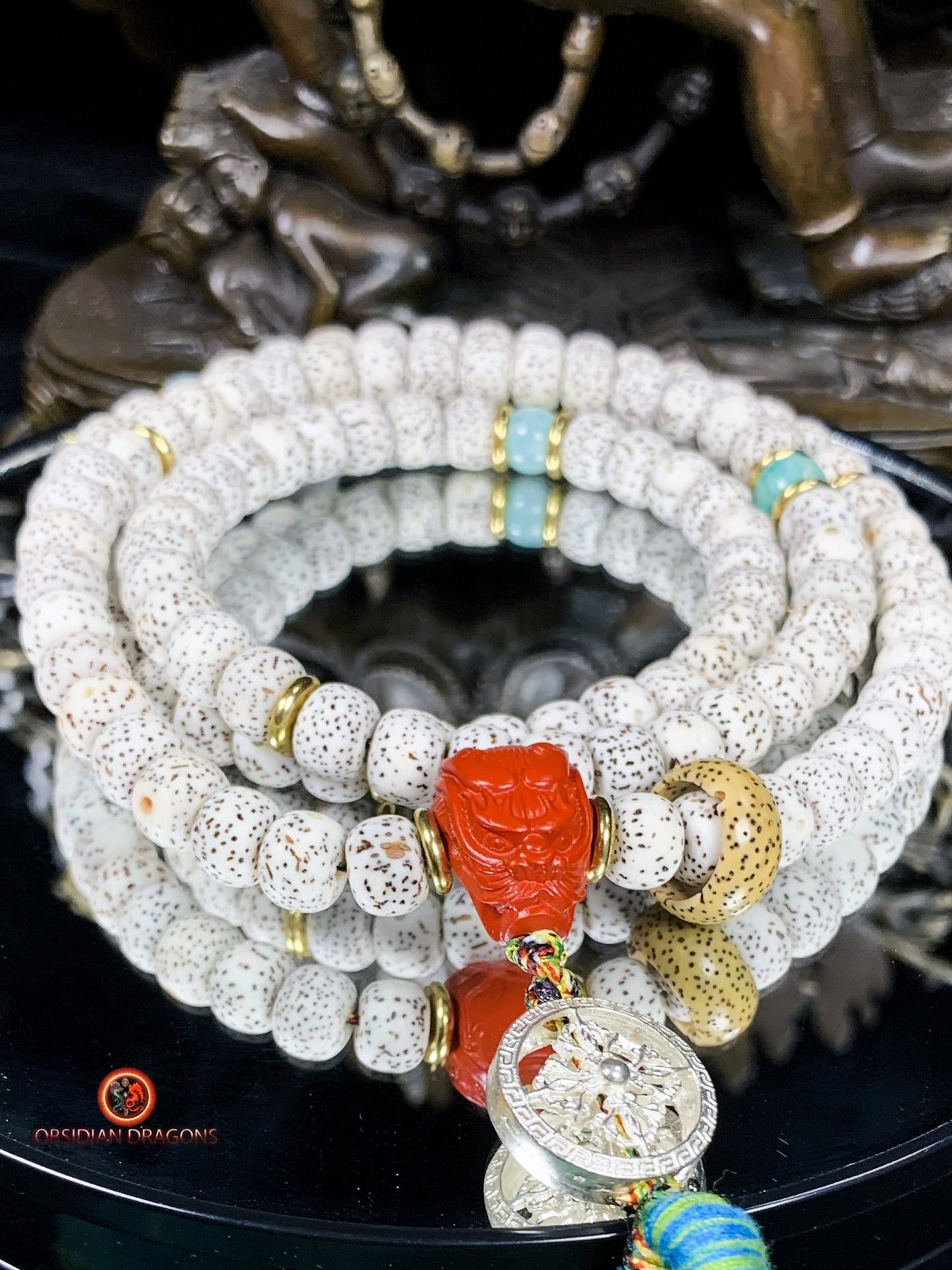
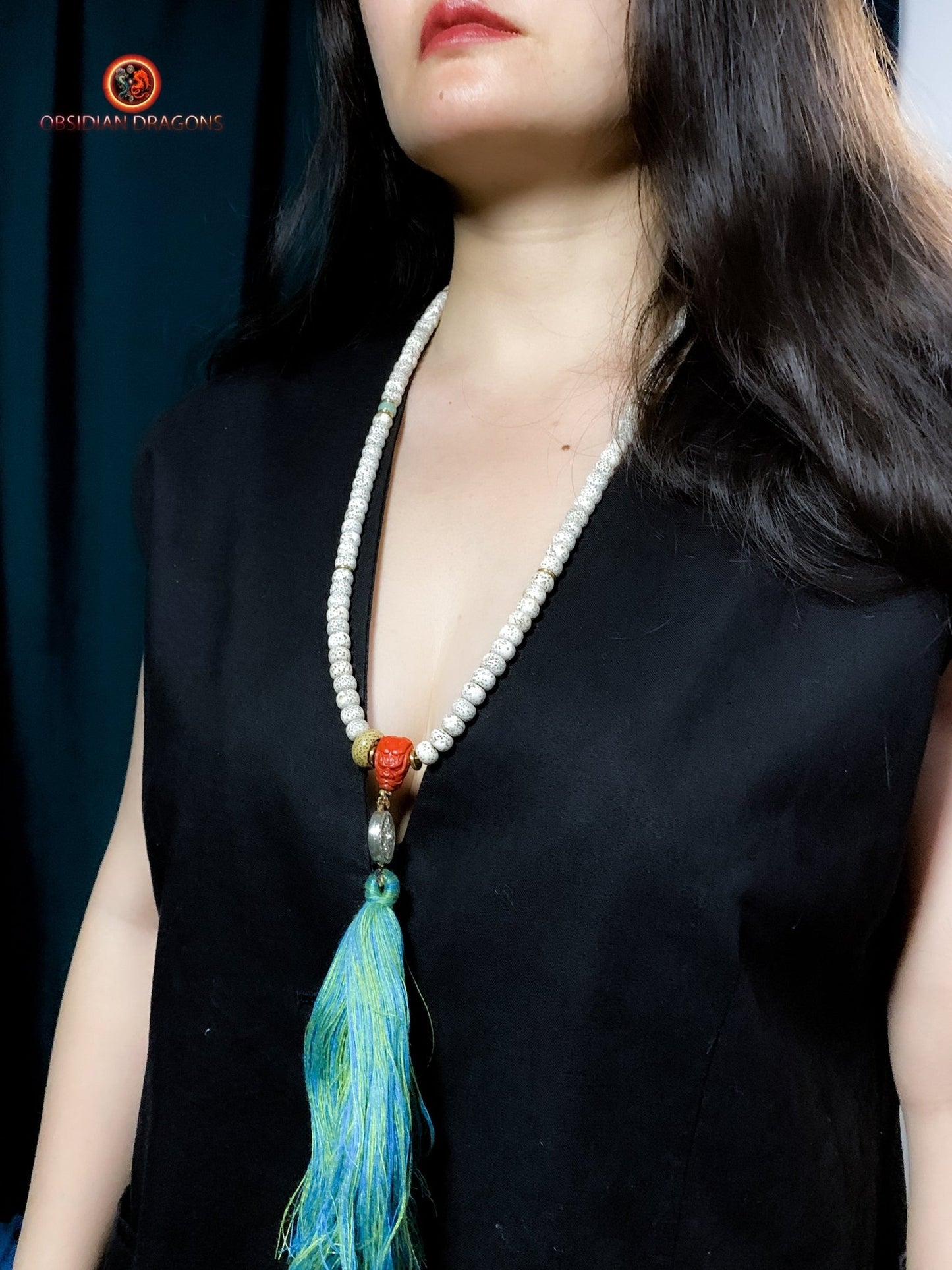

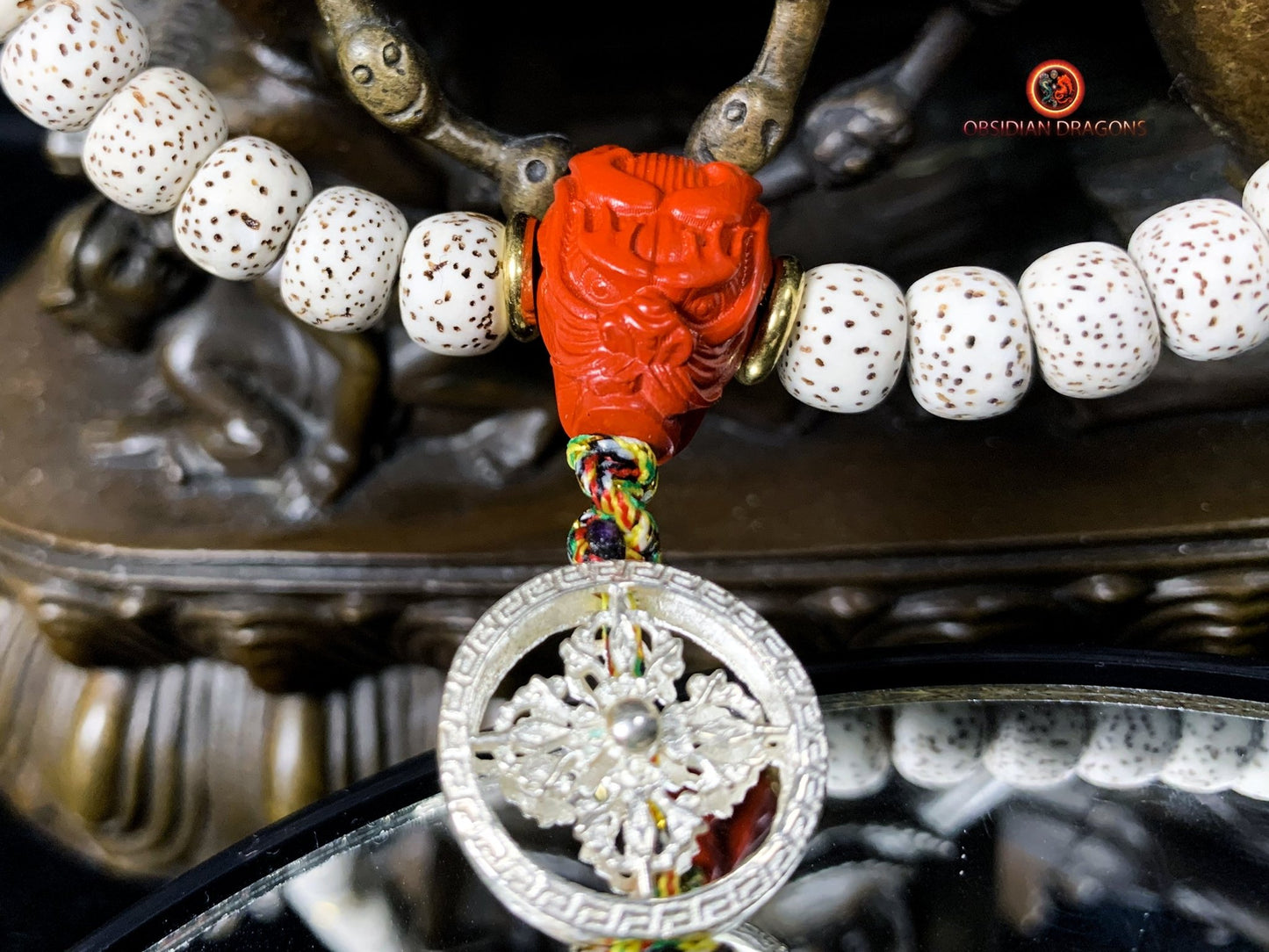

Return conditions for a Zen purchase
We offer you a money back guarantee within 14 days after delivery of your order.
If you are not completely satisfied with your purchase, please contact us to arrange a return of the product and a refund.
Except for returns, shipping is free on all orders.
Multi-column
Button text-

100% secure payment
3 times interest-free option with Scalapay
-

Free delivery in France and internationally
14 days money back guarantee after delivery (see our conditions of sale)
-

Column
Excellent customer service
Live chat
Whatsapp +33674049312
Let customers speak for us
from 911 reviewsLe crâne reçu correspond bien à celui proposé sur le site.

J'ai eu l'occasion de rencontrer Jérémy sur Paris avant l'achat...très bon contact avec lui ..il sait de quoi il parle...je suis revenu vers lui pour l'achat de cette magnifique statue...elle a été emballee avec beaucoup de soin pour une expédition de chine... vraiment très satisfait de cet achat..merci

Pendentif dragon en obsidienne œil céleste - Symbole spirituel

Le collier est superbe, et ce pendentif magnifique, ses détails! et l'odeur du bois de santal que c'est agréable! Qualité extra! Contact excellent avec Jérémy, merci beaucoup pour votre gentillesse! Quelle qualité, vivement le mala !

L'objet est très joli et malgré que je ne sois pas un spécialiste, je trouve que le crystal est beau. Il n'est pas parfait et cela me rassure sur la qualité du produit qui est sensé être naturel donc imparfait.
Très bien emballé et en plus housse de rangement offerte.
MERCI

Je suis très satisfaite, livraison rapide et soigné. J'ai appréciée la communication avec Jérémy… L'article est superbe, plus jolie que ce que je pensais.

J’ai commandé un crâne de dragon, il est super beau et très puissant. Je l’adore 😍 Et l’envoi a été très rapide 🤗 merci 🙏🏻

Absolument magnifique,il m’appelait ce bracelet et je suis ravie je ne vais plus le quitter merci 🙏🏼😍

Merci pour votre envoi, la pierre est magnifique, merci..

bracelet puissant, je suis content de mon achat

Cet artisan est gémologue, il travaille avec des artisans qui sont des vrais artistes, je suis bluffé par la qualité des ouvrages sur l’argent et sa qualité. Quand à la qualité des pierres pas besoin d’être gémologue pour voir la qualité exceptionnelle des pierres, encore une fois le travail de sculpture est exceptionnel.
Mon mala traditionnel est une pure merveille dans la tradition originelle. Le ghau est une merveille qui me comble.
Bref que dire de plus :). Allez sur son site.
PS : vendeur qui connait son métier et les traditions bouddhistes ce qui est un plus en plus :)

Ce crâne est un Etre de Lumière. Attirant , inspirant , "parlant".
Il est un Ami qui tire mes pensées vers le Haut.
Ses énergies vibrent à des fréquences élevées. Il est puissant dans la douceur.
Un crâne de Dragon m'assite également. Merveilleux !

Très beaux bracelet et très puissants

Magnifique crâne givré de l'Himalaya.

cette chevalière est tres bien réalisé, avec beaucoup de détails, je suis heureux de l'avoir

